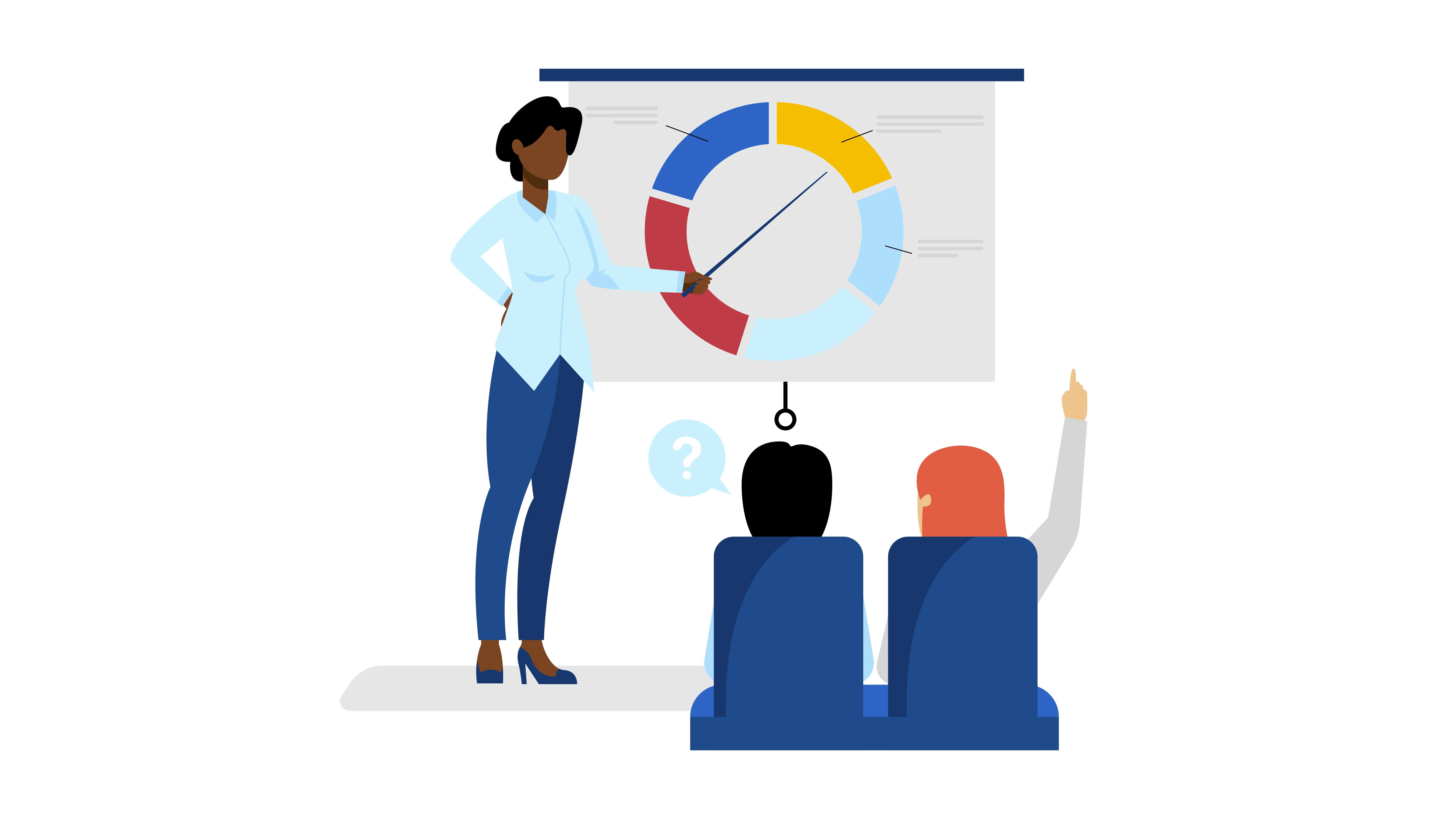Featured
Modern organizations need to have central locations for customer data platforms (CDPs). This is a vital tool. These software applications give a better and more complete understanding of the customer they can use to target marketing and personalize customer experiences. CDPs provide a variety of features that include data governance, data quality , and formatting data. This helps customers comply in how they are stored, used and access. A CDP lets companies engage with customers and puts them at the heart of their marketing efforts. It also makes it possible to access data from other APIs. This article will explore the benefits of CDPs for companies.
customer data platfrom
Understanding CDPs: A customer data platform (CDP) is a piece of software that allows companies to collect data, store and manage the customer's information in one central location. This gives an precise and complete picture of the customer. It is used to create targeted marketing and personalized experiences for customers.
-
Data Governance: A CDP's capability to secure and control the data being integrated is one of its key features. This includes profiling, division and cleansing of the data. This ensures that the enterprise adheres to data laws and policies.
-
Data Quality: Another important element of CDPs is ensuring that the data collected is of high-quality. This means that the data is accurately entered and meets desired standards of quality. This eliminates the need for storage, transformation, and cleaning.
-
Data Formatting: A CDP is also used to make sure that data is in the predefined format. This helps ensure that kinds of data such as dates are consistent across the collected customer data and that data is entered in a rational and consistent way. what is a customer data platform
-
Data Segmentation Data Segmentation CDP can also allow for the segmentation of customer information so that you can better understand different groups of customers. This allows for testing different groups against each other and to get the most appropriate sampling and distribution.
-
Compliance CDP: A CDP lets organizations handle customer data in a legally compliant manner. It permits the definition of secure policies, the classification of information based on the policies, and the identification of violations to policies while making marketing decisions.
-
Platform Choice: There are various types of CDPs available which is why it is essential to comprehend your requirements for deciding on the best platform. Think about features such as data security and the capability of pulling data from different APIs. customer data support platform
-
The Customer at the center: A CDP allows for the integration of real-time data about customers. This provides the immediate accuracy in precision, consistency, and uniformity that every marketing department requires to increase efficiency and connect with customers.
-
Chat, Billing and More Chat, Billing and more CDP helps to find the context for great conversations, no matter if you're looking for billing or prior chats.
-
CMOs and big Data: Sixty-one percent of CMOs believe they are not leveraging enough big data, according to the CMO Council. The 360-degree view of customers that is provided by CDP CDP can be a wonderful way to overcome this problem and improve customer service and marketing.
With many various kinds of marketing innovation out there each one typically with its own three-letter acronym you may question where CDPs come from. Although CDPs are amongst today's most popular marketing tools, they're not a completely new idea. Rather, they're the current step in the evolution of how online marketers manage client information and customer relationships (What is Customer Data Platform).

For many online marketers, the single biggest worth of a CDP is its ability to segment audiences. With the capabilities of a CDP, marketers can see how a single client communicates with their company's various brands, and identify opportunities for increased customization and cross-selling. Of course, there's far more to a CDP than segmentation.
Beyond audience segmentation, there are 3 big factors why your company might want a CDP: suppression, customization, and insights. One of the most fascinating things online marketers can do with information is identify consumers to not target. This is called suppression, and it belongs to providing truly tailored consumer journeys (Cdp's). When a client's unified profile in your CDP includes their marketing and purchase data, you can reduce advertisements to customers who've already bought.

With a view of every consumer's marketing interactions connected to ecommerce data, site sees, and more, everyone across marketing, sales, service, and all your other teams has the possibility to comprehend more about each client and deliver more tailored, appropriate engagement. CDPs can help online marketers resolve the origin of a number of their greatest daily marketing issues (What is a Cdp).
When your data is detached, it's harder to understand your clients and produce meaningful connections with them. As the variety of information sources utilized by marketers continues to increase, it's more vital than ever to have a CDP as a single source of reality to bring everything together.
An engagement CDP uses customer information to power real-time personalization and engagement for consumers on digital platforms, such as websites and mobile apps. Insights CDPs and engagement CDPs comprise the majority of the CDP market today. Very couple of CDPs consist of both of these functions equally. To pick a CDP, your business's stakeholders must consider whether an insights CDP or an engagement CDP would be best for your needs, and research the few CDP alternatives that include both. Consumer Data Platform.
Redpoint GlobalLatest Posts
How CDPs Can Help Organizations Engage their Customers
CDPs and the Importance of Data Governance for CMOs
How CDPs Can Help CMOs Leverage Big Data